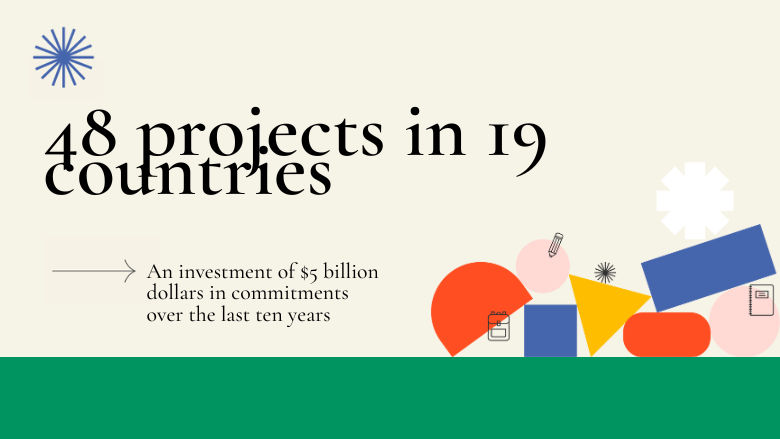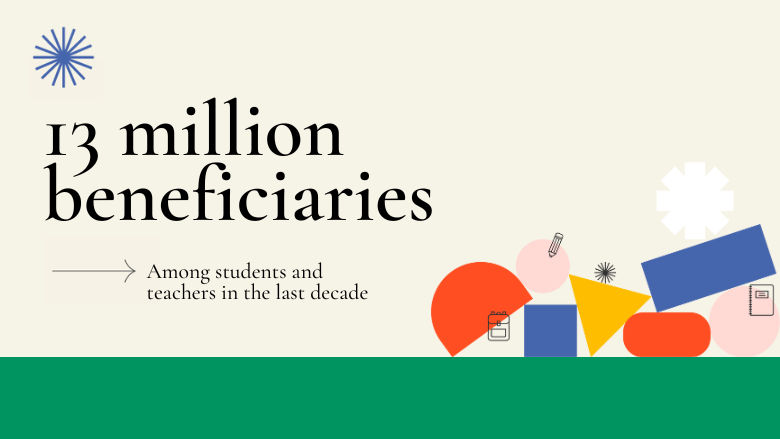The World Bank's global education strategy focuses on ensuring that every child can learn. Our goal is to enable all people to reach their full potential through access to quality education and lifelong learning. The Organization envisions a world in which all countries prepare their children and young people to thrive as citizens.
The World Bank helps countries develop basic skills such as literacy, numeracy, and socioemotional skills, which are the building blocks for all other learning. At all levels of education, children and young people receive assistance so that they can acquire the skills to advance in school, the labor market, and throughout their lives.
The institution provides governments with technical assistance, loans, and donations, and helps countries disseminate and implement innovative solutions to education challenges. The World Bank's support to countries spans the entire learning cycle in order to support resilient, equitable, and inclusive education systems that ensure that everyone learns. To this end, it generates and publishes data, ensures alignment with policy processes, and bridges the gap between research and practice.
Our work in figures
Over the past decade, the World Bank has been at the forefront of addressing the learning crisis in the region. Between fiscal years 2013 and 2023, the Organization implemented 48 education projects in 19 countries in Latin America and the Caribbean, an investment commitment of US$5 billion.
The combined annual active portfolio of IDA and the IBRD in the region over ten years has been on an upward trend. As of 1 February 2024, the Bank's FY2024 portfolio has 21 projects in 15 countries, worth close to US$2.6 billion.
The average project size has tripled from an average of US$55 million in 2013 to US$150 million by 2023, and more than half of the portfolio is results-based. This trend reflects a strategy of prioritizing larger projects that have a transformative impact on communities.






